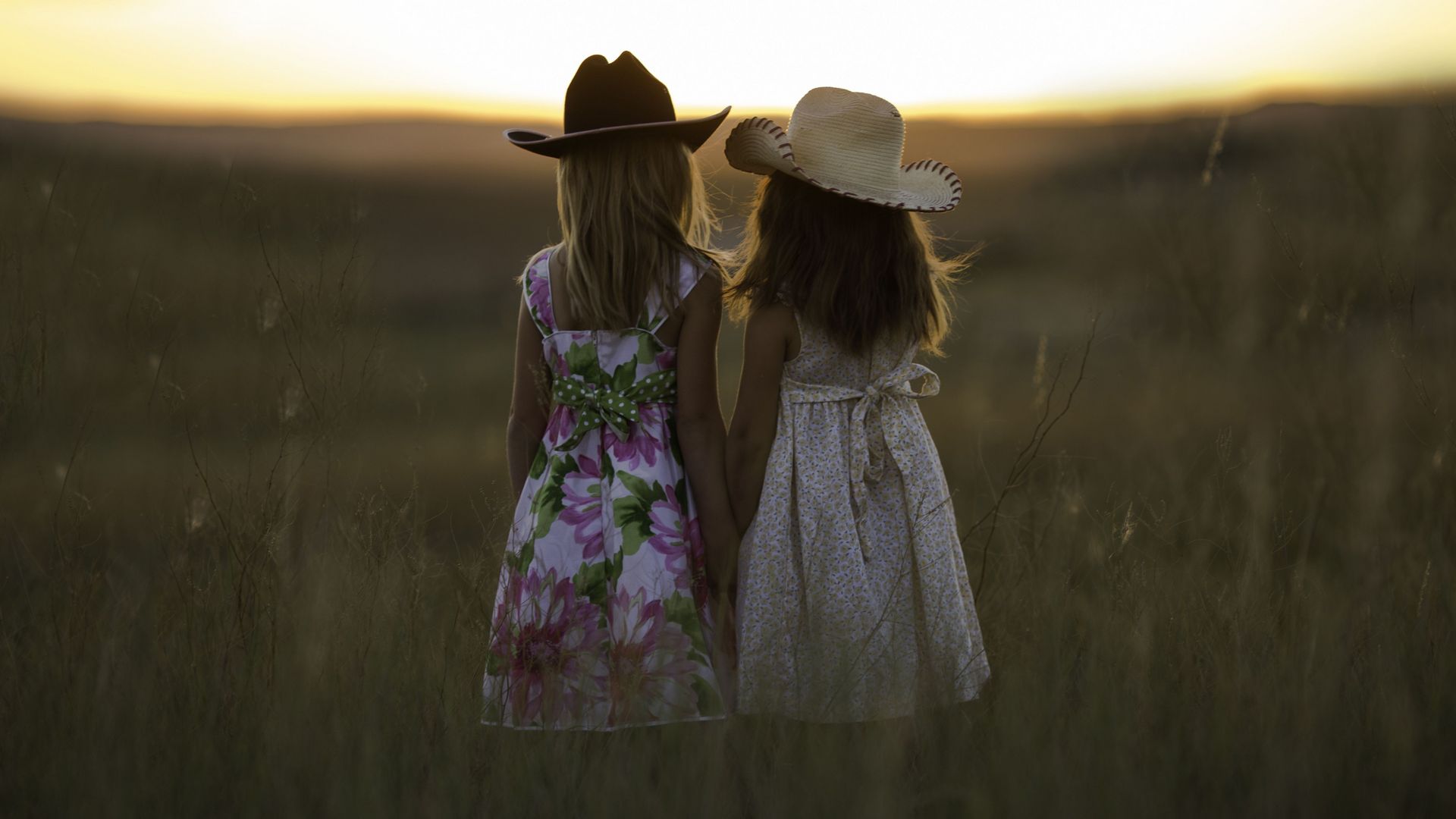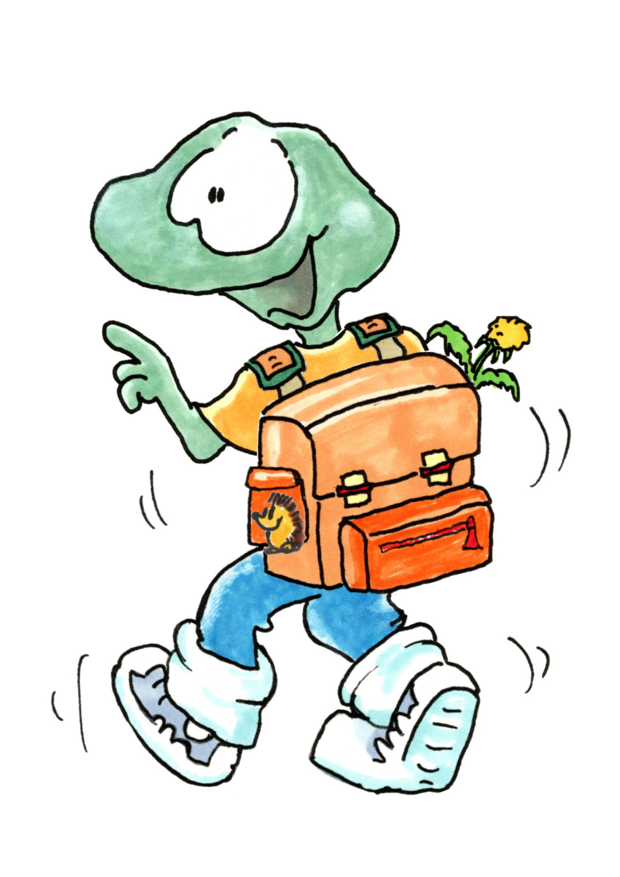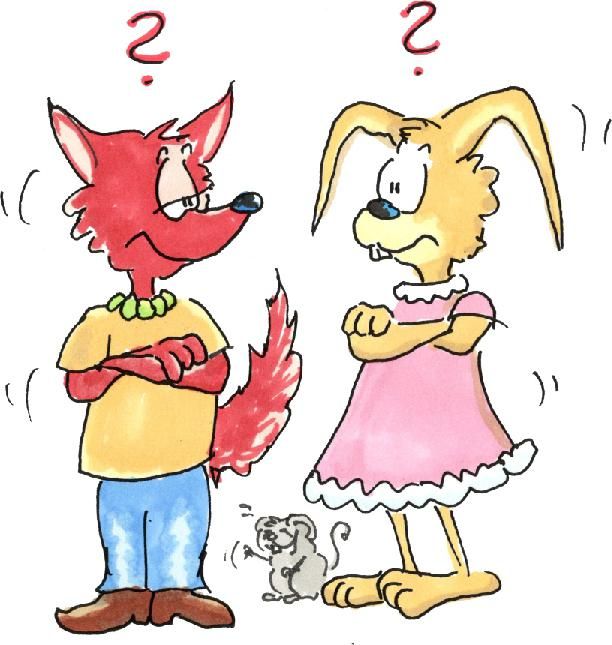Hello and welcome to the Nature Park!
Nature park, huh? What's that?
Nature park is a compound word. If you break it down, you get the words NATURE and PARK.
A nature park has no fence and you don't have to pay an entrance fee. A nature park is simply an area with a special landscape where people, plants and animals can feel at home. Some parts of the nature park are protected. These parts are called nature reserves and you are not allowed to enter them. Rare animal and plant species live there, and you'd better not disturb them.
The Bergisches Land Nature Park starts at the top (or in other words in the north) with the Bergisch cities of Wuppertal, Solingen and Remscheid and extends down (in the south) to behind the Sieg (which is a river). On the right (i.e. in the east), the nature park extends as far as the Sauerland, and on the left (in the west) as far as the city of Cologne. That's a really big area, about as big as the island of Tenerife in Spain. To drive from the north to the south takes about 1.5 hours by car.



